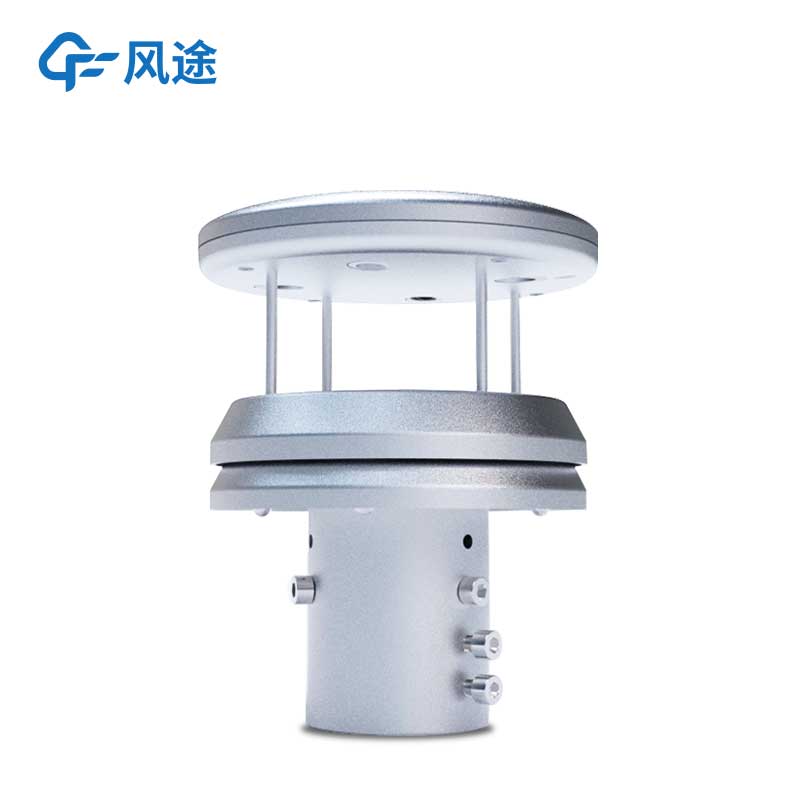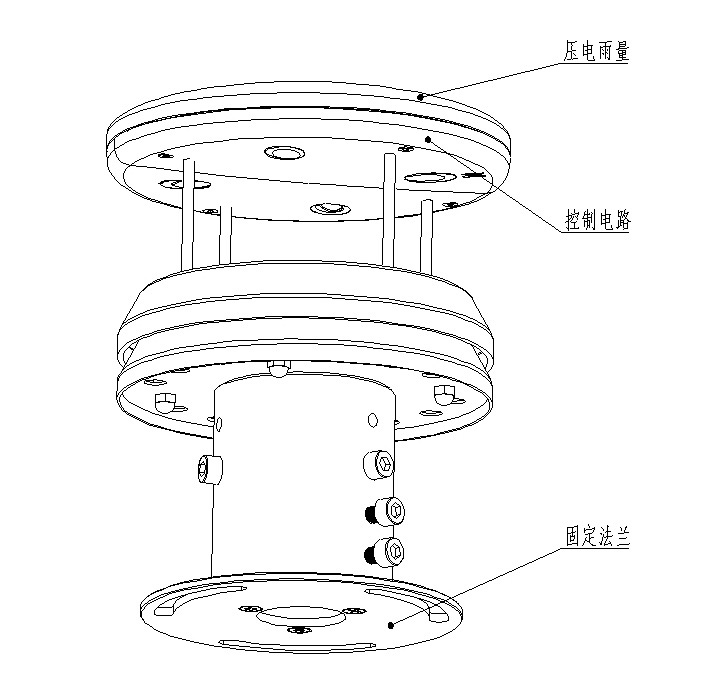Shandong Fengtu IOT Technology Co., Ltd
Sales Manager:Ms. Emily Wang
Cel,Whatsapp,Wechat:+86 15898932201
Email:info@fengtutec.com
Add:No. 155 Optoelectronic Industry Accelerator, Gaoxin District, Weifang, Shandong, China

Sales Manager:Ms. Emily Wang
Cel,Whatsapp,Wechat:+86 15898932201
Email:info@fengtutec.com
Add:No. 155 Optoelectronic Industry Accelerator, Gaoxin District, Weifang, Shandong, China
time:2024-12-25 13:07:27 source:Weather Station viewed:162 time

1.Product overview of how to use a rain gauge
how to use a rain gauge Placed in an open area, raindrops should drop directly to the sensor, should avoid secondary drops and continuous water impact.This piezoelectric rain sensor uses PVDF piezoelectric film as a rain-sensing device and uses an embedded AI neural network to distinguish raindrop signals to avoid false triggering caused by interference such as gravel, dust, vibration, etc.
It is widely used in meteorological environment monitoring, hydrology and water conservancy comprehensive monitoring stations, traffic and road monitoring, agriculture and forestry, wind power generation and other relevant departments to remotely measure precipitation amount, precipitation intensity, and precipitation start and end times.It is used for automatic hydrological forecasting and reporting systems, automatic field forecasting and reporting stations, etc.for the purposes of flood control, water supply dispatching, and power station and reservoir water regime management.
2.Functional features of how to use a rain gauge
1.Integrated design, exquisite appearance
2.No mechanical accessories, no exposed parts, can filter similar signals introduced by environmental factors such as leaves, dust, insects, etc.
3.High measurement accuracy, wide range, good stability, low power consumption, and strong ability to resist external interference
4.It can work around the clock, is not affected by weather changes, and can monitor rainfall duration accurate to the second.
5.Maintenance-free, the raindrop contact surface is an arc-shaped design structure, and no rainwater is stored.
6.With automatic horizontal calibration function after installation, no on-site calibration is required
7.Small size, easy to carry, disassemble and install
8.Made of stainless steel, high strength, anti-oxidation and anti-corrosion
3.Technical parameters of how to use a rain gauge
| Measuring range | 0-4mm/min |
| Measurement accuracy | ≤±4% |
| resolution | 0.01mm |
| Sampling frequency | <1S |
| Communication interface | RS485 |
| Communication protocol | MODBUS |
| power supply | DC12V |
| Power consumption | 0.12W |
| working temperature | -40~85℃ |
| Working humidity | 0~100%RH |
| Heating module (optional) | Current: 1A (DC12V) |
| Power consumption: 12-15W |
4.How to use a rain gauge product size chart

5.How to use a rain gauge product structure diagram

6.Precautions for how to use a rain gauge
1.There is no obstruction within a radius of 1 meter around the sensor level to avoid the impact of water droplets splashing.
2.The sensor should be installed away from strong mechanical vibration sources.
3.There should be an open area above the sensor installation.Raindrops should fall directly to the sensor and avoid secondary dripping and continuous water flow impact.
Practice shows that the environment of the barn can affect the survival rate of calves. Our cows are mainly Holstein breed or high generation crossbreed offspring, cold hardy but not heat resistant, and sweat glands are not developed resulting in less heat dissipation. Therefore, it is easy to devel...
Road surface condition data is one of the most important parameters of concern for traffic safety, apart from visibility. Whether there is water on the road surface. Snow, ice and other road conditions are one of the safety hazards alerted to. FT-LM2 non-contact road condition detector uses remote s...
Shipborne automatic weather station is a kind of meteorological observation system using ship as a working platform, which is capable of real-time observation of elements of marine meteorology such as temperature, air pressure, humidity, wind speed, wind direction, rainfall and visibility. In the fi...
Water regime monitoring system is mainly used for automatic measurement and analysis of water level, flow and water volume in hydrological forecast. It collects and transmits data information through various sensors, converts it into digital signals, and then processes them to obtain corresponding r...